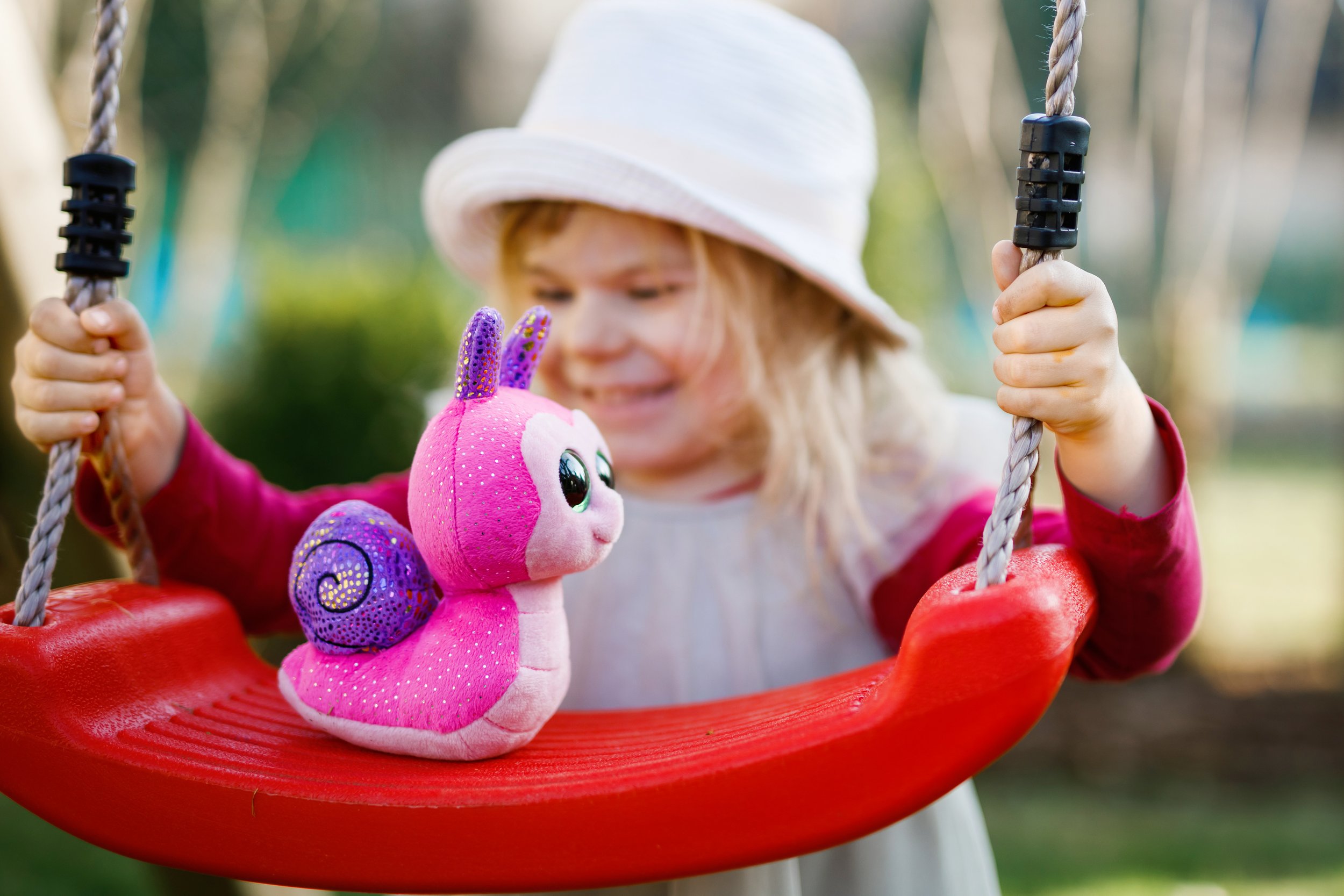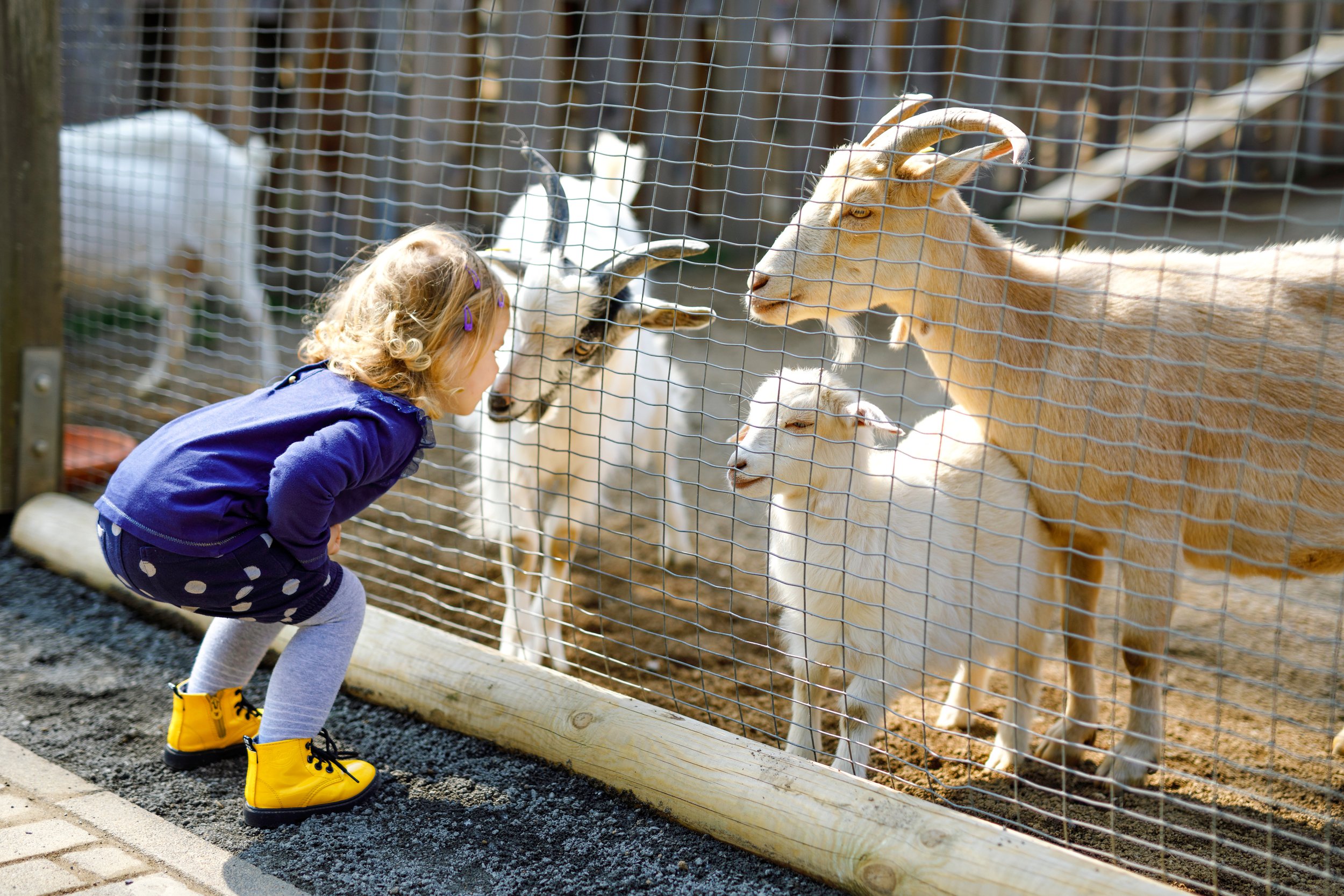Overextension in Toddler Language
Does your toddler call all women “Mama” or all four legged animals “dog”?
If your answer is “Yes,” it’s important to know that this is an expected part of speech and language development for toddlers. In speech therapy, we call it overextension.
What is overextension?
Overextension occurs when a child uses a single word to refer to multiple objects or concepts, instead of using different words for different things. For example, a toddler may use the word "dog" to refer to all four-legged animals, including cats, pigs, and cows.
Should I be worried if my child uses overextension?
It's important to know that overextension is not a problem and it is not a sign of a language disorder in toddlers. It is a normal and natural part of language development that all children go through.
As a natural part of language development, overextension is seen in most young children at one point or another. It is a way for children to talk the world around them, as they are still in the process of learning new words and concepts. In our “dog” example, children will learn the specific names for all the different four legged animals and begin to use those specific names instead. The process is gradual and happens over time.
When do children usually stop using overextension?
The age at which overextension typically stops varies from child to child, but it generally occurs between the ages of 2 and 3 years old.
This is the time when children's vocabularies are rapidly expanding, and they are learning new words and concepts at a rapid pace. As children learn more words, they are able to make finer distinctions between different people, objects, and concepts, which leads to more precise or specific use of language.
How can I help my child stop overextension?
Parents and caregivers can promote their child's language development by providing them with a rich and varied language environment. You are probably already doing this without even realizing it. Talking with your child during your daily activities, special outings, and routines is one way you frequently show them a wide range of words and ideas.
When it comes to helping your child with overextension, it may take a little bit more intentional support . You can do this by naming the specific items your child is overgeneralizing so that they can learn the correct names of different objects and concepts. For example, if your child is calling all four legged animals “dog,” you can name the different animals as you play with your farm toys or read a story: “goat,” “pig,” “cow” etc.
If you’d like a step by step guide to helping your child learn the specific names of things - check out this free activity!
There are a few factors that can influence the rate at which a child stops using overextension.
One factor is the quality and quantity of language exposure a child receives. In other words, the more you practice with and use specific words you want your child to learn, the more quickly they will learn them. Repetition helps everyone learn new words and concepts at a faster rate.
Additionally, a child's cognitive development also plays a role, as children who are more advanced in their cognitive development are able to make more complex distinctions and use language more accurately. This is important to keep in mind because a 18 month old child will (and should) take longer to stop overgeneralizing words than a 30 month old. As a parent, having this understanding can help you avoid frustration if your little one doesn’t pick up new words right away!
Let’s quickly review what we’ve learned about language overextension…
Overextension is a normal part of language development in toddlers. It occurs when a child uses a single word to refer to multiple objects or concepts, instead of using different words for different things. This phenomenon is seen in most toddlers, and it usually stops between the ages of 2 and 3.
Did you know underextension happens too?
In the case of underextension, children use a broader word to refer to one specific thing in that a larger category. For example, if a child believes only a banana is “fruit,” so kiwi, mango, grapes, and apples are not fruit to that child.
The use of underextension also goes away during toddlerhood. It will generally decrease after toddlers are saying 50 words on their own and usually disappears altogether between the ages of 2 to 3 years old.
A fun fact!
This phenomenon doesn’t only happen with vocabulary, it occurs in other areas of language development as well. You’ll probably also notice it in grammar when a child uses a rule they have learned for all words instead of for only the words the rule applies to. For example, they may use the past tense -ed verb ending and say “goed” instead of went, or say “drinked” instead of drank. This is called overgeneralization and it can occur with many different grammatical rules as toddlers are learning.
Overextension:
-
Overextension in toddler language development happens when a child uses a single word to refer to multiple objects or concepts (usually in the same category), instead of using different words for different things. For example, they may refer to all people as “Mama.”
-
Overextension can make it difficult for toddlers to communicate effectively, as others may not understand what they are trying to say. However, it's a normal and natural part of language development that all children go through. As toddlers vocabulary grows, their use of overextension generally decreases.
-
The age at which overextension typically stops varies from child to child, but it generally occurs between the ages of 2 and 3.
-
Parents and caregivers can support their child's language development by providing them with a rich and varied language environment, talking to them frequently, and modeling correct language use.
This activity provides another idea for parents looking to work on more precise use of language. It shows you how to help children learn the correct names of different objects and concepts.
Written By: Stephanie Hatleli, MS CCC-SLP
© 2020-2025. Stephanie Keffer Hatleli, MS CCC-SLP. All Rights ReservedKeep exploring with these blog posts ↓
Works Cited:
Gentner, D., & Boroditsky, L. (2001). Individuation, relativity, and early word learning. Science, 291(5507), 2141-2144. doi:10.1126/science.291.5507.2141
Roseberry-McKibbin, C., & Hegde, M. N. (2006). An advanced review of speech-language pathology: preparation for PRAXIS and comprehensive examination. PRO-ED, Inc. 8700 Shoal Creek Blvd, Austin, TX 78757.
Tomasello, M. (2003). Constructing a Language: A Usage-Based Theory of Language Acquisition. Cambridge, MA: Harvard University Press.
The content offered on ToddlerTalk.com is for informational purposes only. Toddler Talk is not engaged in rendering professional advice, whether medical or otherwise, to individual users or their children or families. No content on this site, regardless of date, should ever be used as a substitute for direct medical advice from your doctor, speech language pathologist, or other health professional. By accessing the content on ToddlerTalk.com, you acknowledge and agree that you are accepting the responsibility for your child’s health and well-being. In return for providing you with information related to home speech and language practice, you waive any claims that you or your child may have as a result of utilizing the content on ToddlerTalk.com.








